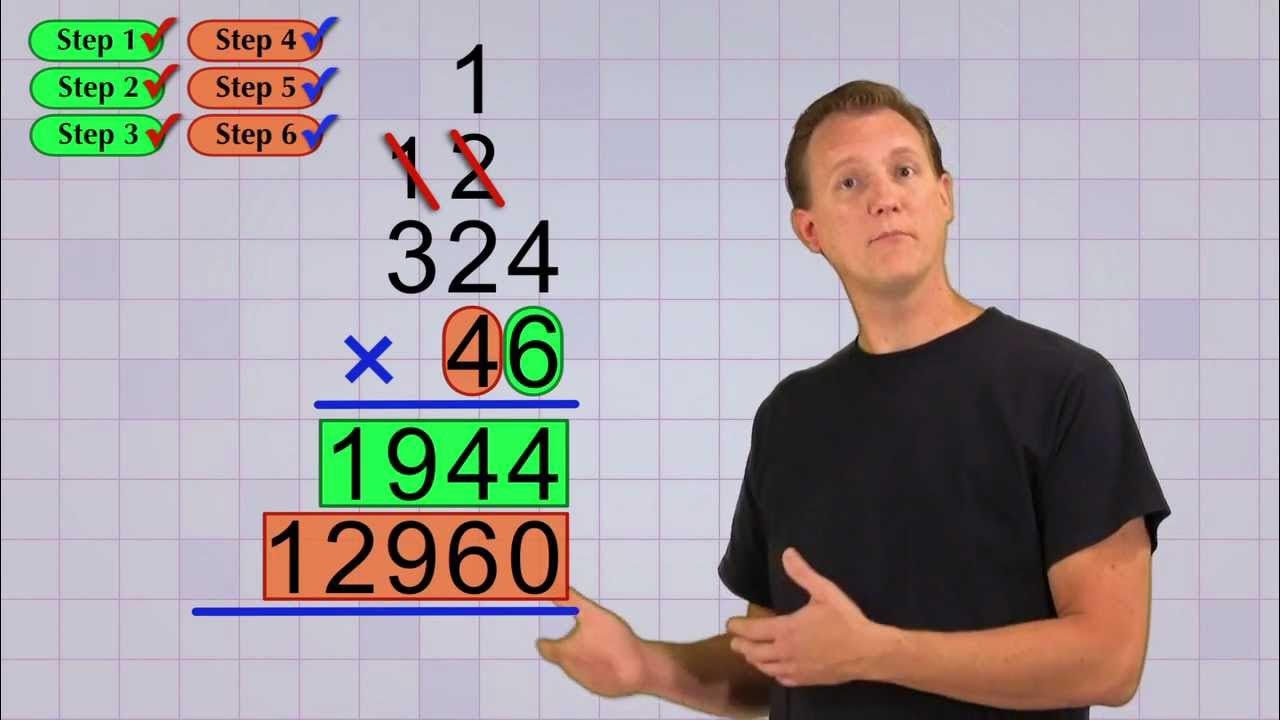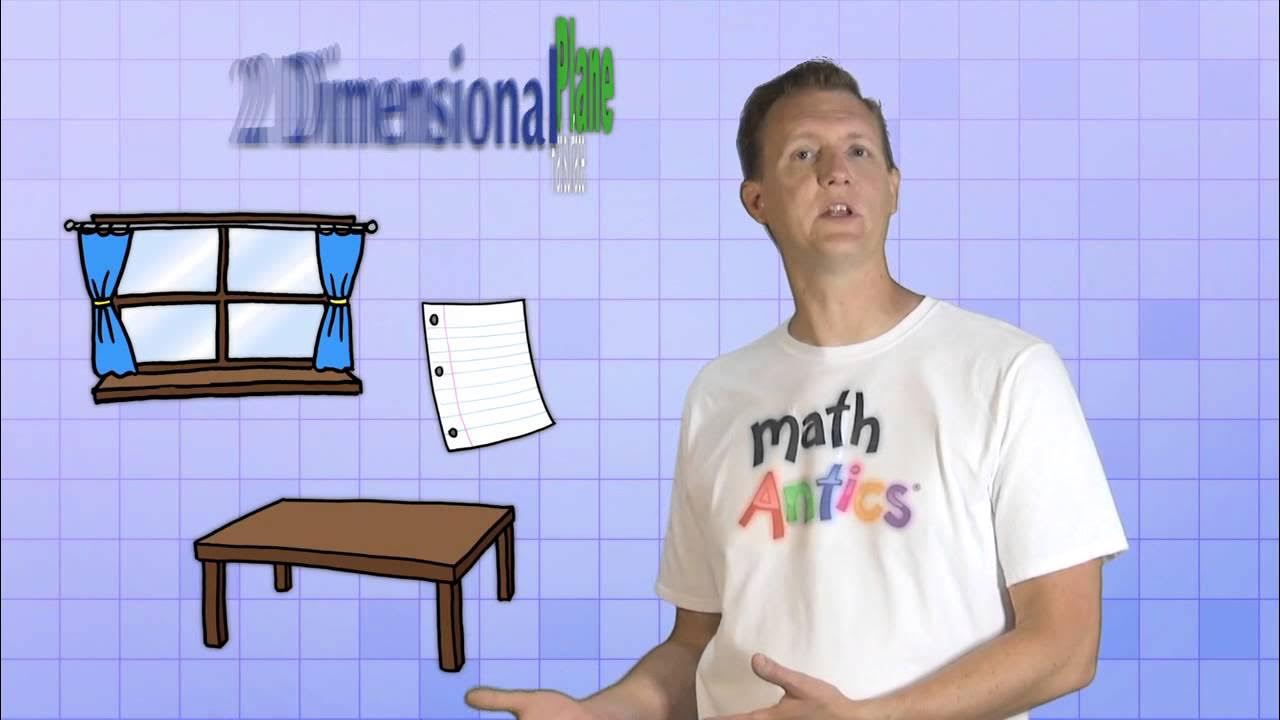Math Antics - Multi-Digit Multiplication Pt 1
Summary
TLDRIn this Math Antics video, viewers are introduced to the basics of multi-digit multiplication. The lesson emphasizes the importance of memorizing multiplication facts and suggests using a multiplication table for practice. The presenter demonstrates the process by breaking down the multiplication of a three-digit number by a one-digit number into smaller steps, starting from the ones place and carrying over when necessary. The video uses clear examples, such as multiplying 137 by 5 and 2,617 by 4, to illustrate the method. It concludes with encouragement to practice and hints at upcoming lessons for more complex multiplication scenarios.
Takeaways
- 📚 Start by mastering basic multiplication facts to simplify multi-digit multiplication.
- 📈 Practice is key to getting comfortable with multi-digit multiplication.
- 🔢 Always align the ones place when setting up a multiplication problem.
- ↕️ The order of numbers in multiplication doesn't affect the result, but it's conventional to place the larger number on top.
- 📝 Break down the problem into smaller steps, multiplying each digit of the smaller number by the larger number from right to left.
- 🔄 Carry over numbers when the multiplication result exceeds ten.
- 🔢 Add the carried-over number to the next multiplication result in the same place value.
- 📉 Work from the ones place to the highest place value in the top number.
- 📈 Use the examples provided in the script to understand the process of carrying and adding in multi-digit multiplication.
- 💻 Visit www.mathantics.com for more resources and exercises to practice multi-digit multiplication.
Q & A
What is the main topic of the Math Antics video lesson?
-The main topic of the Math Antics video lesson is basic multi-digit multiplication.
Why is it suggested to have a multiplication table handy when doing multi-digit multiplication?
-It is suggested to have a multiplication table handy when doing multi-digit multiplication because it can help if you haven't memorized basic multiplication facts.
What is the recommended order of numbers when setting up a multi-digit multiplication problem?
-It is recommended to put the number with the most digits on the top and the one with the fewest digits on the bottom when setting up a multi-digit multiplication problem.
How many small multiplication steps are there in the example 137 × 5?
-There are three small multiplication steps in the example 137 × 5.
What is the first step in the multiplication process for the number 137?
-The first step in the multiplication process for the number 137 is to multiply the bottom digit (5) by the digit in the ones place of the top number (7).
Why do you carry over a digit in the multiplication process?
-You carry over a digit in the multiplication process to ensure that the carried digit is added to the subsequent multiplication result in the correct place value.
What is the final result of the multiplication problem 137 × 5?
-The final result of the multiplication problem 137 × 5 is 685.
How many small multiplication steps are there in the example 2,617 × 4?
-There are four small multiplication steps in the example 2,617 × 4.
What is the purpose of carrying a digit in the multiplication of 2,617 by 4?
-The purpose of carrying a digit in the multiplication of 2,617 by 4 is to add it to the next multiplication result in the correct place value, ensuring accuracy in the multiplication process.
What is the final result of the multiplication problem 2,617 × 4?
-The final result of the multiplication problem 2,617 × 4 is 10,468.
What is the advice given at the end of the video for mastering multi-digit multiplication?
-The advice given at the end of the video for mastering multi-digit multiplication is to practice the printable exercises and then move on to learning multiplication with multiple digits in both numbers.
Outlines

This section is available to paid users only. Please upgrade to access this part.
Upgrade NowMindmap

This section is available to paid users only. Please upgrade to access this part.
Upgrade NowKeywords

This section is available to paid users only. Please upgrade to access this part.
Upgrade NowHighlights

This section is available to paid users only. Please upgrade to access this part.
Upgrade NowTranscripts

This section is available to paid users only. Please upgrade to access this part.
Upgrade Now5.0 / 5 (0 votes)





